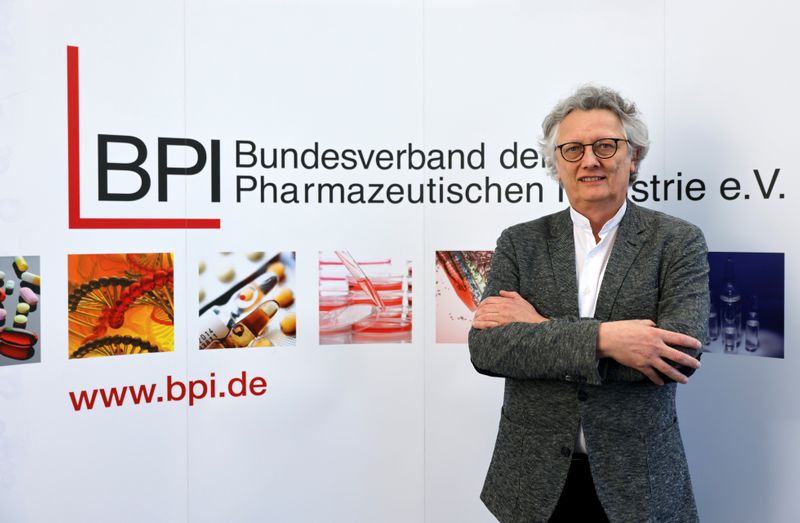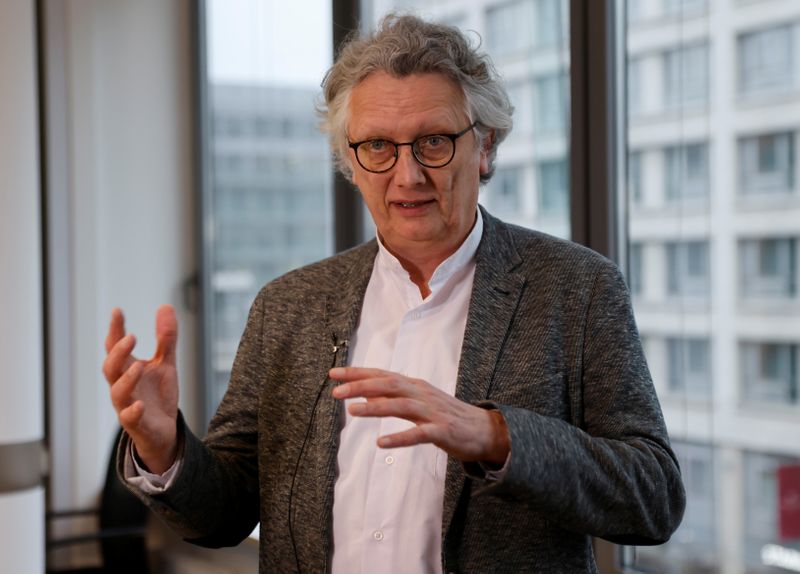BERLIN (Reuters) – Dermapharm aims to start making the COVID-19 vaccine from BioNTech and U.S. partner Pfizer at a second site in Germany in May, its chief executive said, as part of efforts to ramp up production to meet demand.
The German drugmaker has been producing the shot at its factory in Brehna in eastern Germany since October and is in the process of converting a second site in Reinbek near Hamburg, Hans-Georg Feldmeier told Reuters in an interview.
“We are trying to start in May,” he said. “The big advantage is that we can transfer our know-how from one site to the other. That also shortens the time.”
Feldmeier said Dermapharm’s two locations were part of a network of 13 production sites, including factories from pharma giants Novartis and Sanofi, that have been contracted by Pfizer/BioNTech to meet their 2021 production goal of 2 billion doses, up from a previous target of 1.3 million.
Dermapharm made a “significant share” of the 50 million doses produced in 2020 and is doubling its production capacity to help deliver 75 million extra doses to the European Union in the second quarter, Feldmeier said.
“With our voluntary increase, we are helping to produce this additional amount,” he said, declining to go into more detail.
The company, listed on Germany’s small-cap index, had no previous experience in making vaccines.
Instead, it was fortunate to have in-house experts on the niche business of putting the mRNA molecules into lipid nanoparticles to help them reach the designated cells in the human body without getting damaged.
“That was the bridge that led us to BioNTech,” he said, adding they had received no state support.
The EU, under pressure over its sluggish vaccination roll-out, has said the limited availability of lipids and other raw materials is constraining COVID-19 vaccine production.
Feldmeier said lipids were like the lithium-ion batteries needed for electric cars. “You could build a lot more cars if there were more lithium-ion batteries,” he said.
The main bottleneck for production was scaling up a previously niche technology and duplicating it across multiple locations, he said. “And that’s what’s happening right now, this rolling out into industrial scale.”
(Reporting by Caroline Copley; editing by Douglas Busvine and Jason Neely)























